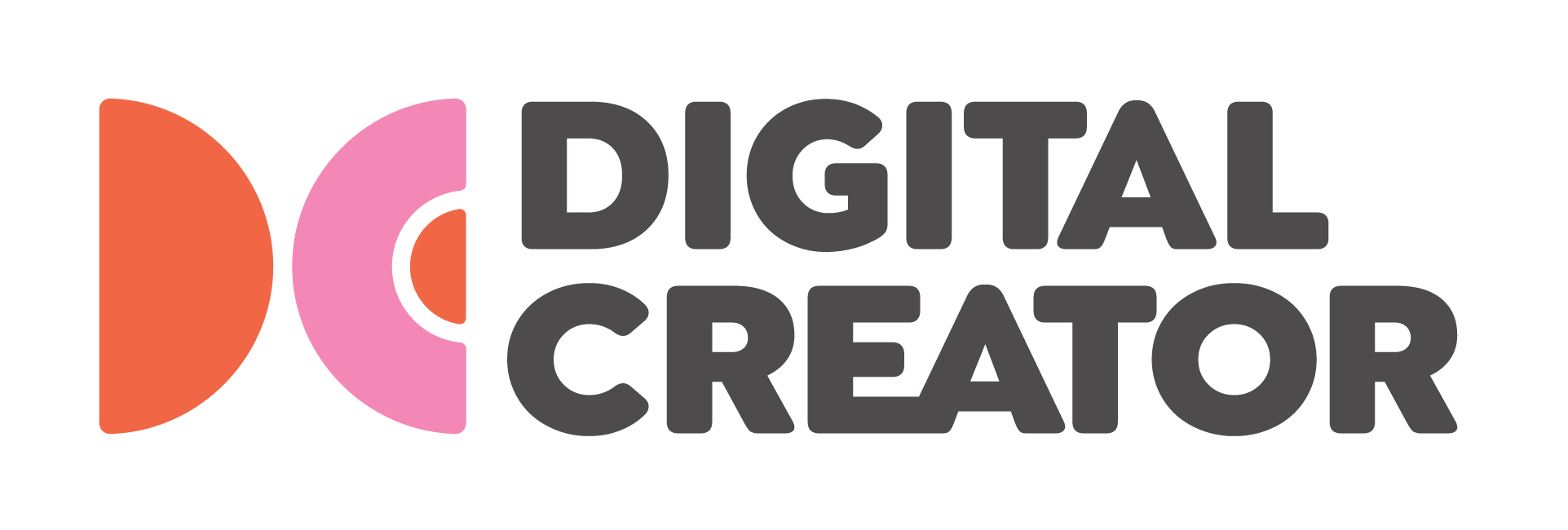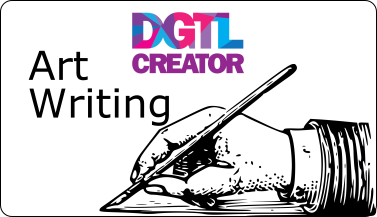
News

This month is E-Book month at DGTL Creator Temiskaming shores. We will be exploring typefaces and book layouts. I am a huge fan of e-books and audio books and I am looking forward to helping others create their own literary works.
As I was planning the workshops, I realized how much of contemporary artistic practice consists of writing. Whether it’s a call to artists, a bio, a description of a piece; we artists live and die by our ability to express ourselves via the written word. Without a good write-up, a proposal for a great art piece could go straight into the shredder.
Here are a few tips to avoid such a fate.
- Keep it simple. Use the elevator pitch model to quickly describe your work. You should be able to describe your idea/proposal within a minute or so. What is the medium? The inspiration (briefly)? The intention?
- Bios are not Memoirs. Another one to keep on the brief side. People only want to see the highlights of your career and training. No one needs to know what you ate for breakfast, what your favorite class was in 5th grade, why you don’t wear tuques (fat head, in my case)…etc.
- Not everybody speaks Artspeak. Avoid fancy-schmancy words. I know that it’s tempting to squeeze in a few “-isms” and “post/neo/protos” here and there, but selection committees are often consisted of non-artists and artists. The average person should be able to understand your description easily and simply, without having to run to google for a definition.
- Read. A lot. I like to check out my favorite artists’ sites and read their bios and descriptions. You can learn a lot by reading them, since they are often written by professionals. Find out what resonates with you. Read art blogs and critics, let all of them pretty words soak into your brain.
- Write. A Lot. I guarantee that you will be miserable the first time that you have to write about your art, especially in the third person. (A personal confession: I find that writing about myself in the third person was, and still is, one of the most cringe-inducing acts that I have ever had to do as an artist.) However, the more and more that you write, the better you will become at translating your artistic intent into words that are clear, concise, and coherent.
Practice really does make perfect. Now, go out and write!!
—–
Dom Lafontaine
Program Lead – Temiskaming Shores
Latest News
March Break Stop Motion Camp 2025!
We’ve officially moved! Come Visit Our New Location
Digital Creator North Bay is Moving: Here’s What You Need to Know!
Digital Creator North Bay is hosting two incredible stop motion workshops
Introducing our Newest Artist In Residence, Lily Zhang
Gateway Gives Sponsors Digital Creator North Bay with $500 Donation
Summer Camps Announcement! Register Now!
Our March 2024 Programming Calendar is now available, Check it out!